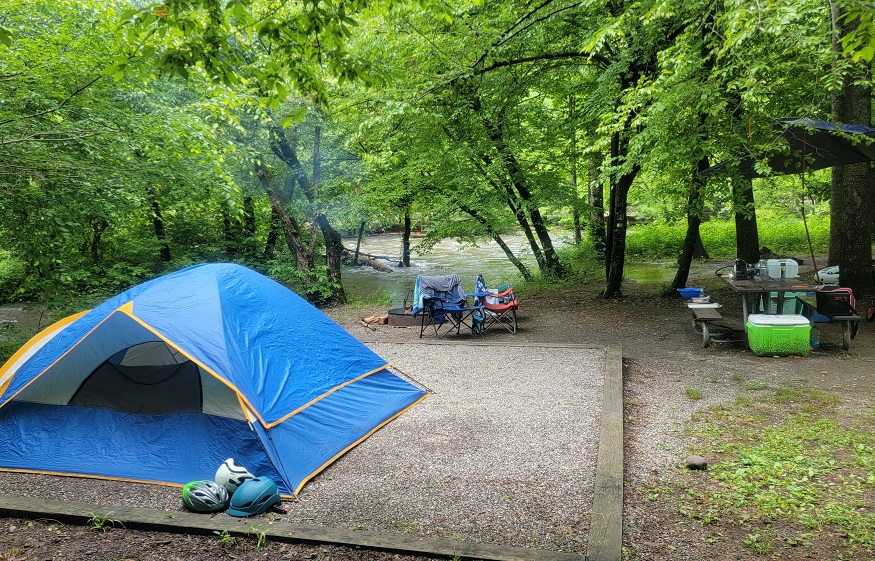
Camping Safety: How to Stay Safe in the Woods
Camping is a great way to enjoy the great outdoors, but it’s important to remember that nature can be dangerous. Whether you’re an experienced camper or a first-time adventurer, it’s important to prioritize your safety while spending time in the woods.
Here are some tips on how to stay safe while camping.
1. Choose a safe location:
When selecting a camping location, choose a safe area that’s free from potential hazards. Look for a flat area away from cliffs, falling rocks, and avalanche-prone zones. Avoid camping near rivers, lakes, or streams that are prone to flash floods, and stay away from areas where wildlife is known to roam.
2. Research the area:
Before you head out into the woods, do some research about the area you plan to visit. Look for information about the local climate, wildlife, and potential hazards, such as poisonous plants or dangerous wildlife. Knowing what to expect can help you prepare for any potential dangers.
3. Check the weather:
Keep an eye on the weather forecast before you go camping, and be prepared for any changes in weather. Make sure you have appropriate clothing and gear for the expected weather conditions, including rain gear, warm layers, and sun protection.
4. Pack a first aid kit:
Be sure to bring a well-stocked first aid kit with you, including items like bandages, gauze, antiseptic wipes, and pain relievers. If you have any medical conditions, make sure to bring any necessary medications and inform your camping companions of your needs.
5. Bring appropriate gear:
Make sure you have appropriate gear for your camping trip, including a tent, sleeping bag, cooking supplies, and a source of light. Bring extra batteries, fuel, or matches in case your gear fails or runs out. Also, bring bear-proof food storage containers to prevent attracting wildlife. You can also go with lever action shotgun to stay safe in wild.
6. Practice fire safety:
If you plan to build a fire while camping, make sure to do so in a designated fire pit or ring. Be aware of any fire restrictions or bans in the area, especially during times of high fire danger.
7. Know how to handle wildlife encounters:
Be aware of the wildlife in the area, and know how to respond to encounters. Keep your food stored in bear-proof containers or hung from a tree, and never approach or feed wild animals. If you encounter a bear or other large animal, make yourself appear larger by raising your arms and standing on your tiptoes, and make noise to scare the animal away.
8. Stay hydrated:
Make sure to drink plenty of water while camping, especially in hot or dry climates. Bring plenty of water with you, and consider bringing a water filter or purification tablets in case you need to collect water from a natural source.
9. Tell someone your plans:
Before heading out into the woods, let someone know where you’ll be camping and when you plan to return. Check in with them periodically, and make sure they know what to do if you don’t return on schedule.
10. Trust your instincts:
Finally, trust your instincts when it comes to your safety. If something doesn’t feel right, it probably isn’t. If you’re unsure about a situation or feel uncomfortable, err on the side of caution and avoid the situation.
Conclusion
In conclusion, camping can be a great way to enjoy the outdoors, but it’s important to prioritize your safety while doing so. By choosing a safe location, doing your research, packing appropriate gear, and practicing good safety habits, you can ensure that your camping trip is both fun and safe.
